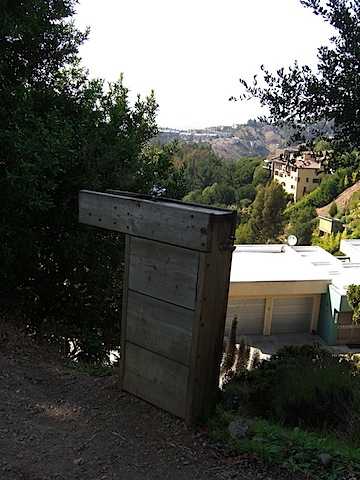We’ve watched most of the first two installments of the new Ken Burns public TV extravaganza, “The National Parks: America’s Best Idea.” The beauty of the show is exhilarating and the history is fascinating (Theodore Roosevelt–what a guy).
The first two episodes are closely entwined with the story of John Muir, and part two focuses first on his fight to complete the preservation of Yosemite and then on his unsuccessful battle to stop San Francisco from flooding Hetch Hetchy valley. Muir’s voiceovers are done in a soft Scots burr. Occasionally, you hear about Muir from Lee Stetson, who has portrayed him for decades and who has even adopted the Muir look. But when Stetson appears on camera, he speaks in a plain old General American accent. At the very end of the second episode, though, he briefly introduces a Muir quote, then instantly transitions to the gentle and compelling Muir voice, then appears on camera to finish the quote. It’s a moving performance. Here’s what he recites:
“Muir said, ‘As long as I live I’ll hear the birds and the winds and the waterfalls sing. I’ll interpret the rocks and learn the language of flood and storm and avalanche. I’ll make the acquaintance of the wild gardens and the glaciers and get as near to the heart of this world as I could. And so I did. I sauntered about from rock to rock, from grove to grove, from stream to stream, and whenever I met a new plant I would sit down beside it for a minute or a day, to make its acquaintance, hear what it had to tell. I asked the boulders where they had been and whither they were going, and when night found me, there I camped. I took no more heed to save time or to make haste than did the trees or the stars. This is true freedom, a good, practical sort of immortality.”

